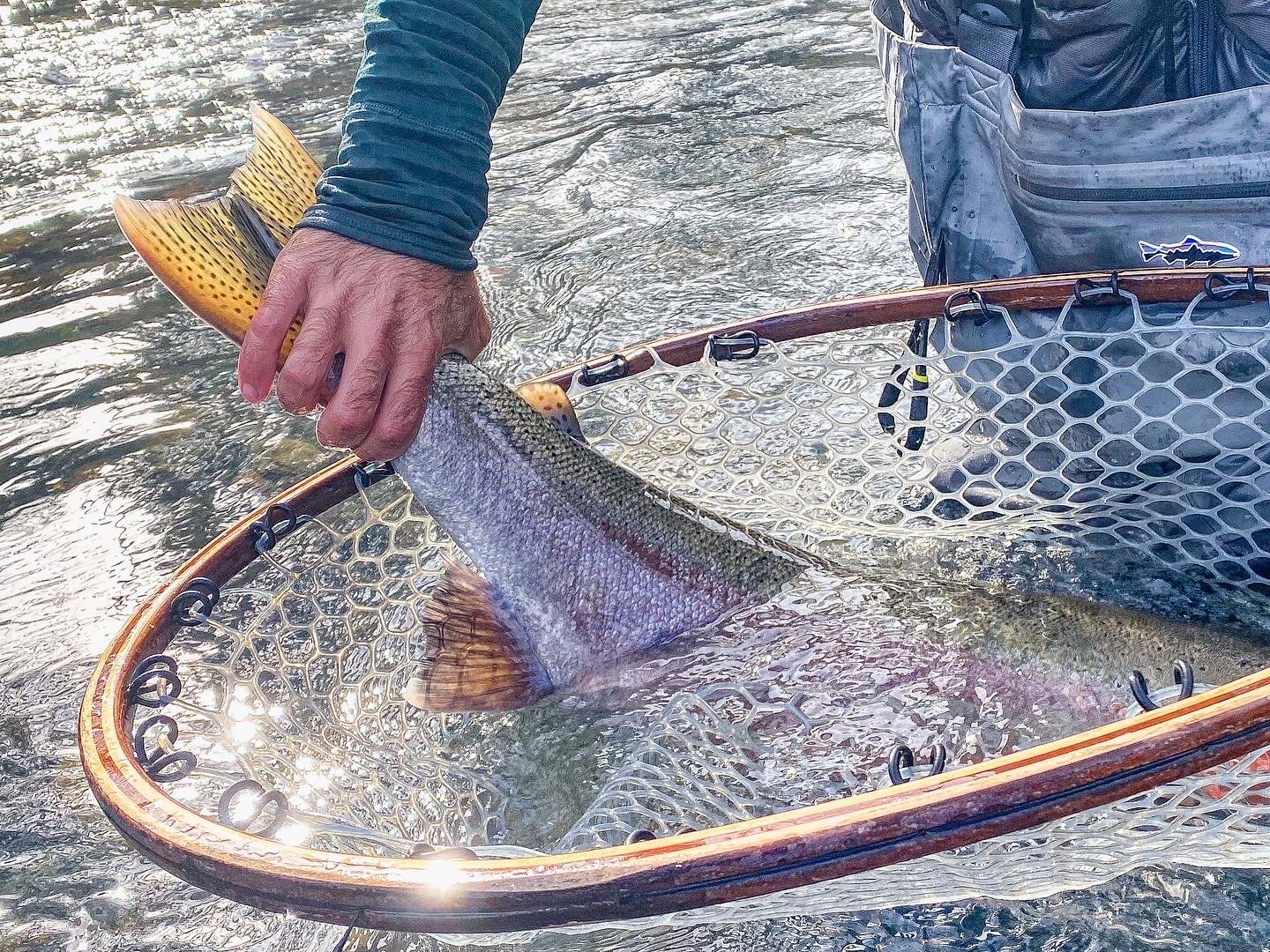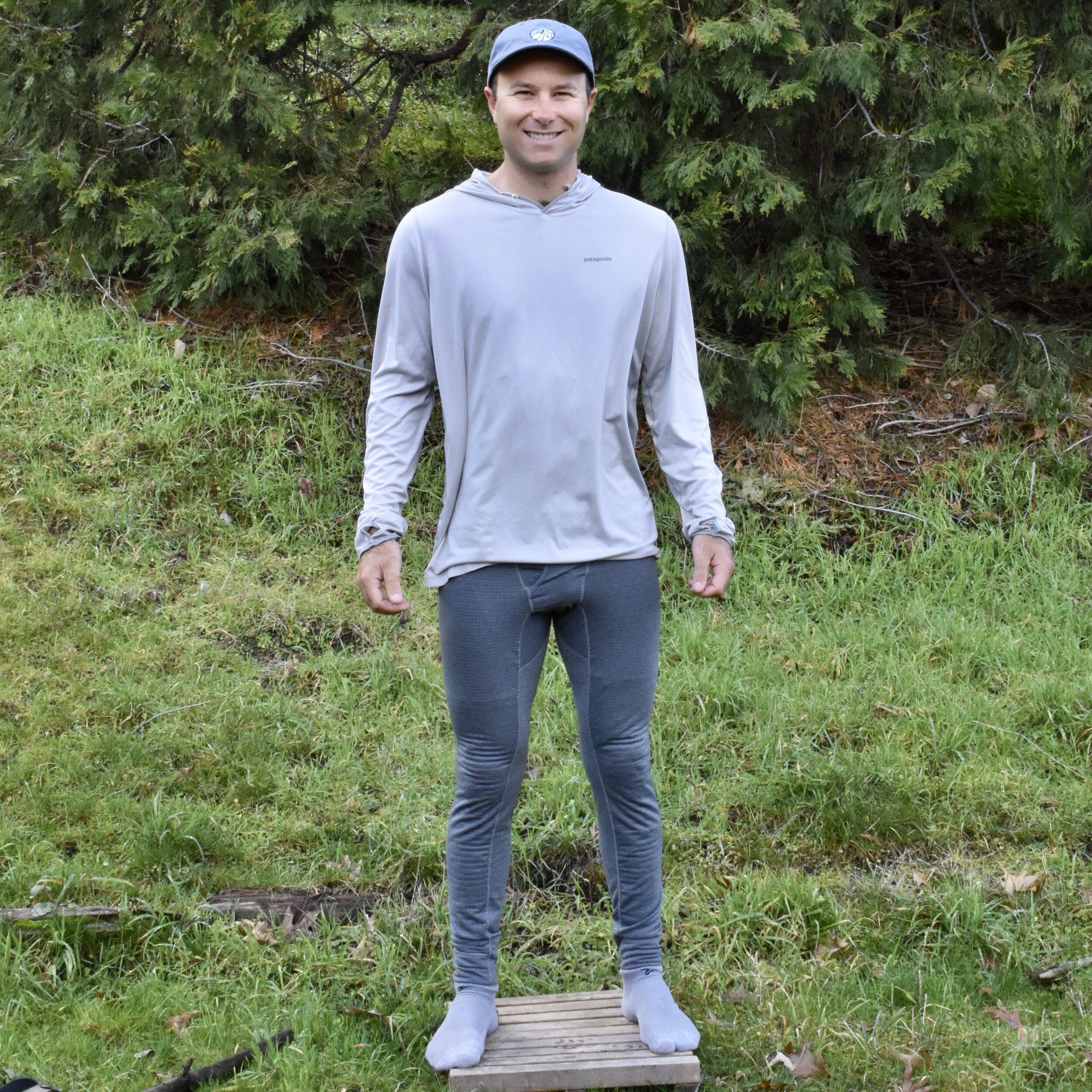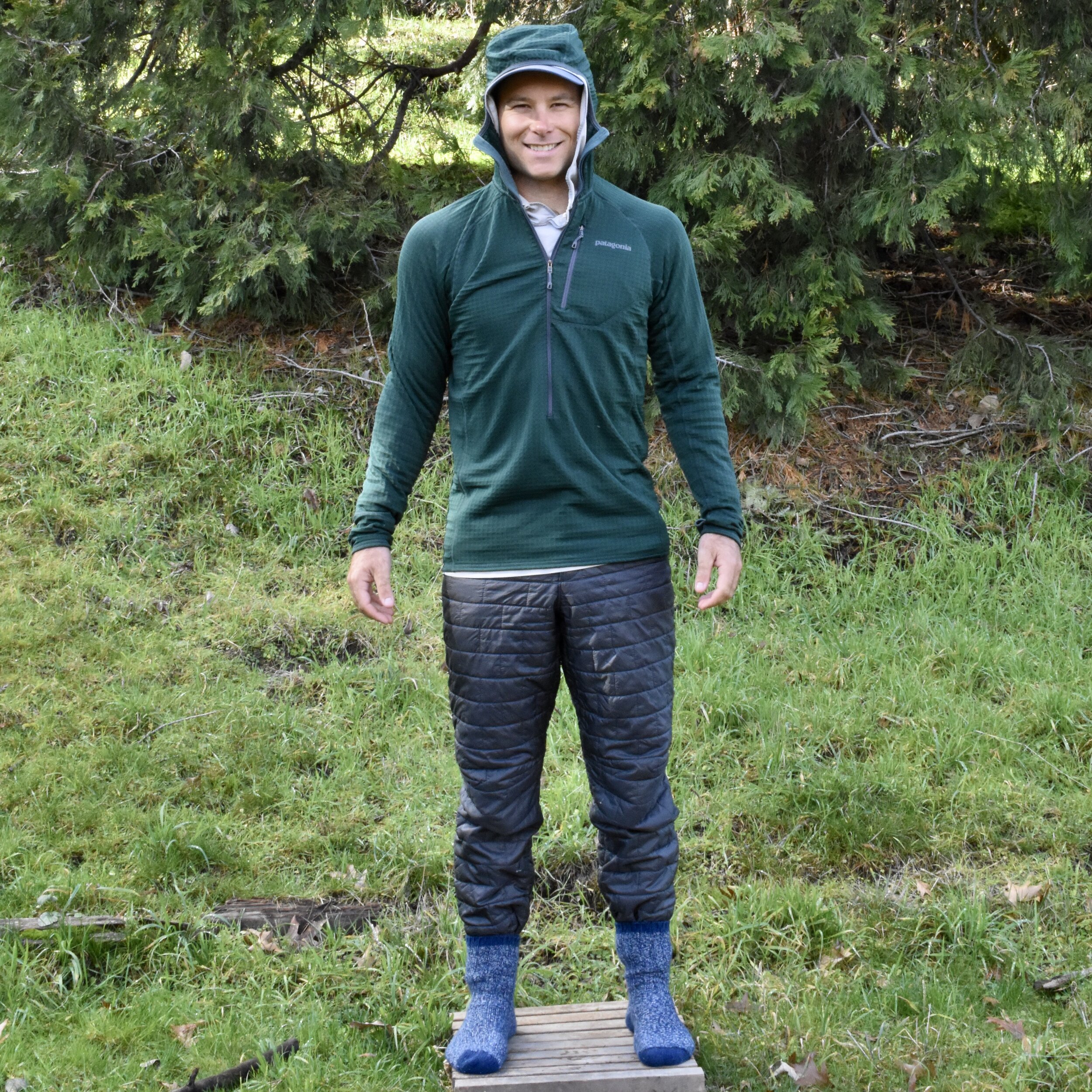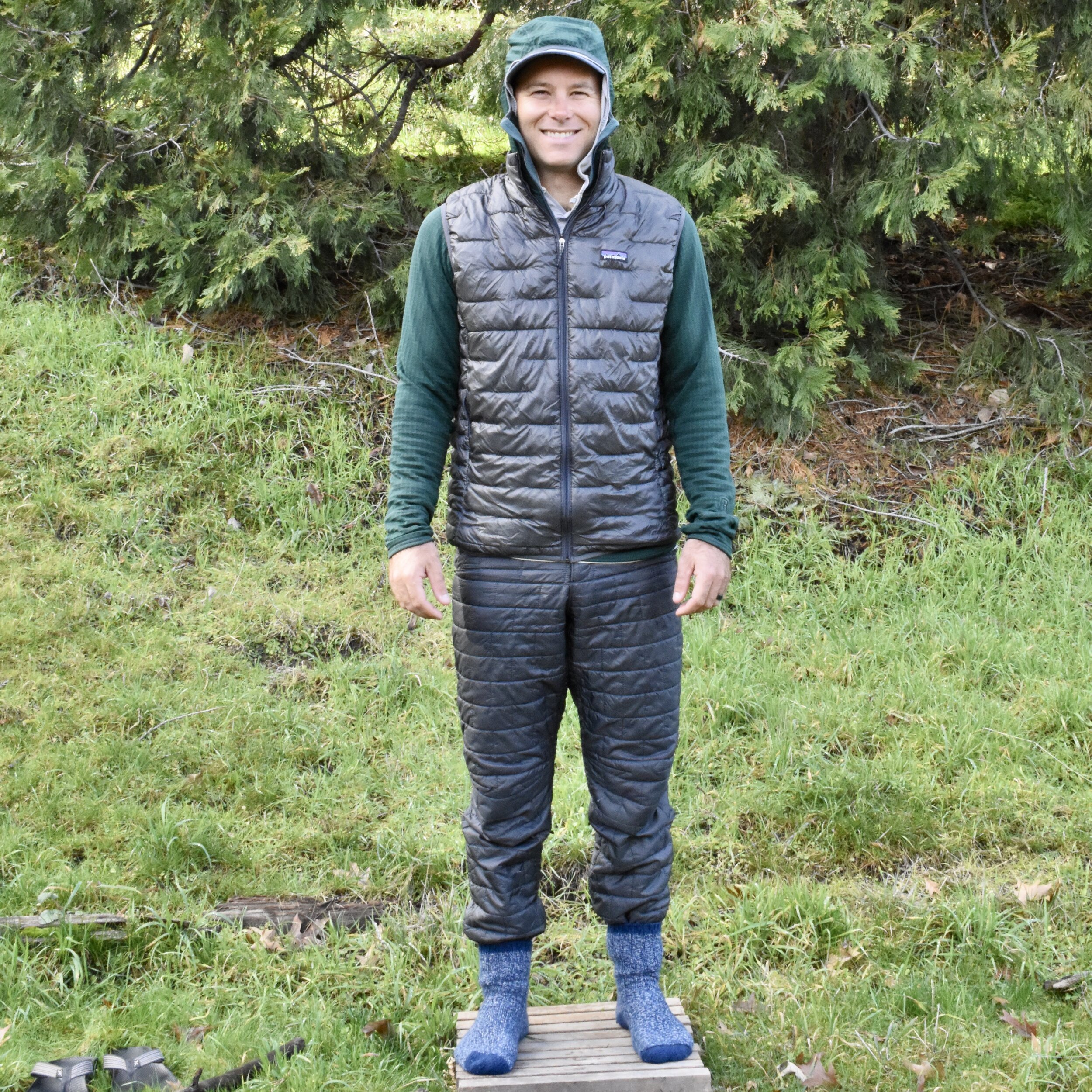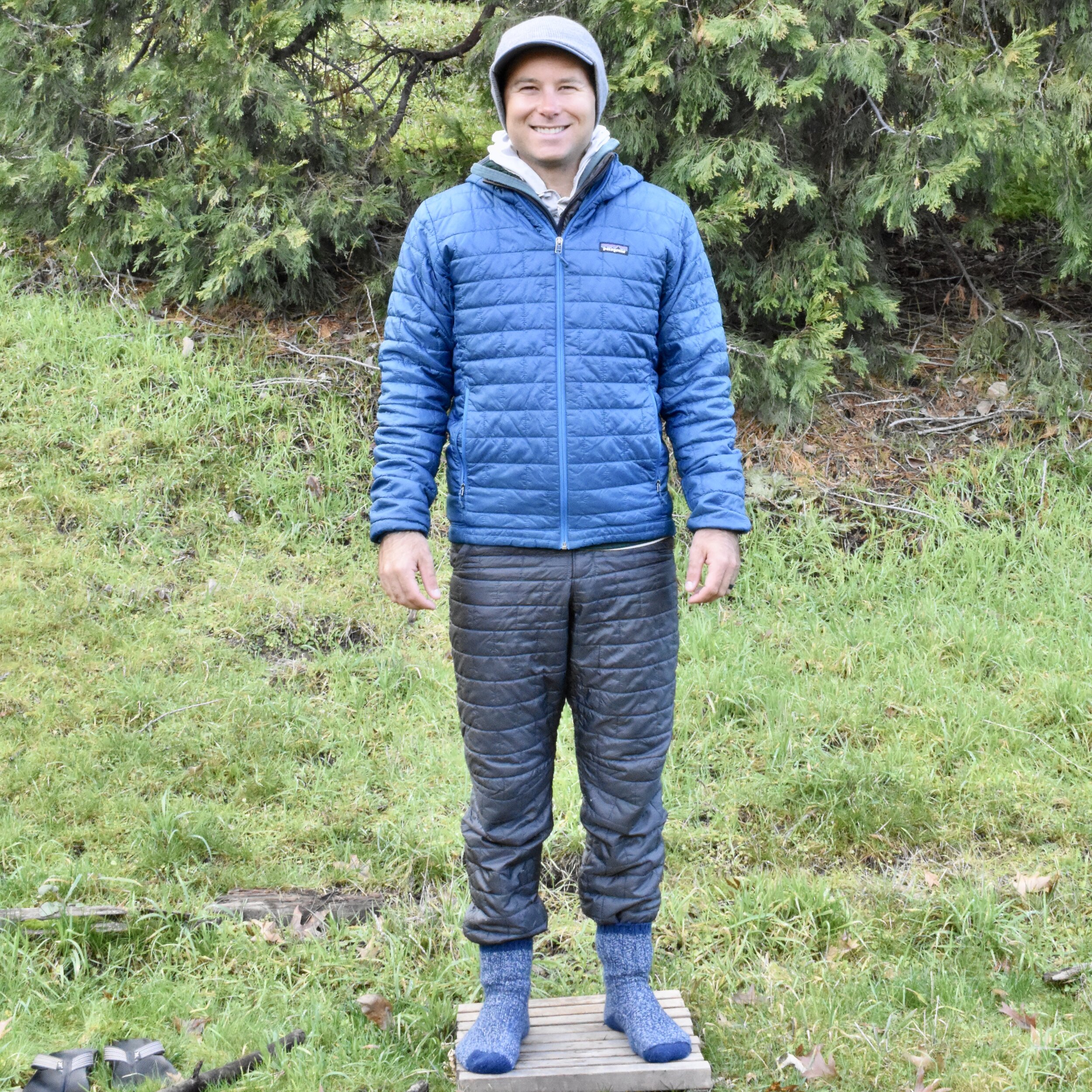Winter Steelheading is HARD. With colder water temperatures, fish are less active and grabby, some days can get a little frustrating. So, the first thing you need is an optimistic attitude and the last thing you need is to be cold.
Whether you are drifting from the boat huddled up around a small propane heater or waist deep rocketing your favorite intruder across a 35 degree river, Winter Steelheading can be FLIPPING COLD. Some days there’s a gnarly wind-chill, some days its dumping snow, while others are perfectly glorious, sun-filled days or a mix of all the above. We find that it’s best to be prepared for everything to ensure that your awesome day on the water isn’t ruined or even ended early due to poor clothing choices. So, we’re going head to toe, helping you stay warm this Winter Steelheading season!
Before we get too far, LAYERS. We can’t stress it enough. The worst thing that can happen is you bring too many and have to take some off. That’s not a problem, being too cold is, so here’s a layering system we use.

